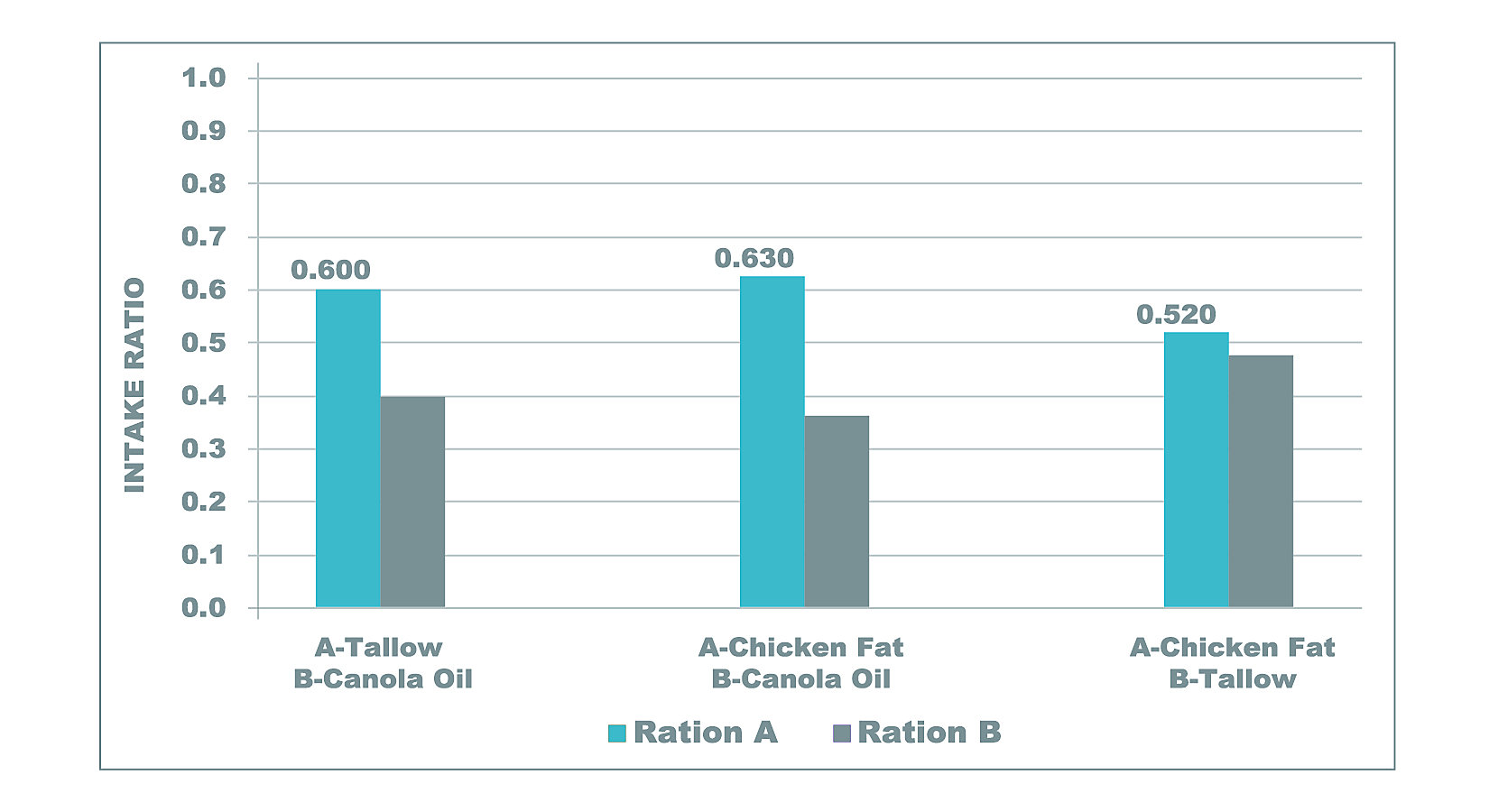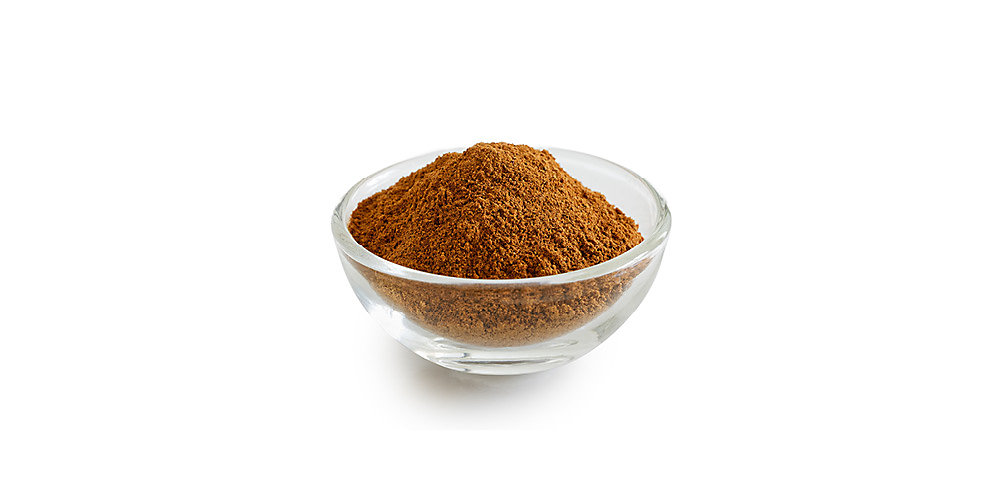What is texture as it relates to pet food? We typically think of texture as how a food feels when we bite into it and how our senses respond as we chew and swallow. Texture can account for why we like cream in our coffee or what makes crunchy chips so necessary with our sandwich. Several factors can affect how both humans and animals interpret texture.
You are viewing Canada
- United States
- Canada
- Mexico
- South America
- EMENA
- Sub-Saharan Africa
- Russia
- South Asia
- Asia Pacific
- China
- Global
Choose Your Location:
- United States
- Canada
- Mexico
Popular Searches
- Pet Food & Rendering Technologies
- Solutions for Pet Food
- Palatability
- Texture in Pet Food Palatability
Texture in Pet Food Palatability
Factors that Influence Pet Food Texture
- Processing conditions
- Shape of food
- Fat level and type
- Nutrient content
- Palatant level and type
Processing Conditions on Pet Food Texture
All pet food, whether canned, dry, baked, or soft-moist, goes through a cook process that includes several inputs such as moisture, temperature, time, and ingredient variability. Ingredient factors, such as particle size or percentage of fat and fiber, can affect the processing characteristics of that ingredient.
For example, the particle size of an ingredient or recipe can affect the moisture uptake and gelatinization during extrusion. These, in turn, can affect density and porosity, and how well fat is absorbed. The other inputs of time and temperature also have their influence which when combined into the big picture form a product with its own unique texture. Density, in particular, is a major palatability driver for cats. Although the exact reason is unknown, a generally accepted theory is that cats prefer lower bulk density kibble due to the ease of fracturing a kibble into smaller pieces.

Food Shape
There are innumerable types of shapes in pet food. Consumers can find anything from “round and brown” to more intricate shapes like hearts, stars, bones and fish shapes to name a few. Shapes are not usually thought to affect palatability in dogs but there are some indications that cats and even certain breeds of cats may prefer a specific shape over another. Shape and texture are often viewed as separate. However, the shape will relate to texture as it pertains to how the food feels when bitten down on or chewed.
Fat Level and Type
Fat level and type is one of the biggest contributors to the mouthfeel of a food. In the pet food industry, poultry fat is most commonly used, but beef tallow, canola oil, sunflower, coconut or fish oil are also used as either an internal component or as a coating. High-quality fat can improve palatability, both on its own and in conjunction with palatant. For dogs, animal-based fats are generally preferred over vegetable oils like canola (Figure 1).
Cats do not seem to have a preference for animal-based fats compared with canola oil. These results are surprising because cats are obligate carnivores. The lack of preference could be due to texture but since this is only one factor, aroma and taste being the others, it is hard to say what is the driving force behind these results.

Nutrient Content
In addition to fat and palatant inclusions, nutrients such as moisture and protein can also contribute to texture. Moisture is thought to have a positive effect on palatability for dogs. Conversely, cats are thought to prefer a dry kibble and hence, the prevalence of dry palatants used for cat foods.
Palatant Level and Type
A primary driver of palatability is, of course, palatants. But how do palatants affect texture? Rather than thinking of palatants as a major part of texture, it is useful to think of it as themselves being affected by the texture of the food.
Aroma, mouthfeel and taste are all heavily impacted by the choice of palatant. The surface area of the kibble, shape, degree of gelatinization, and type of fat will all affect how well the palatant adheres to the kibble. Liquid palatants have a distinct moisture component that they add to the diet and this can enhance palatability even further. Dry powder palatants are often used in treats and canned products, too, and do not affect texture to any significant degree when used before or during the cook process but may lend to flavor and aroma compound generation as the product is heated/cooked.
At Kemin, we offer a comprehensive line of PALASURANCE® and PALTEVA™ palatant products, featuring liquid and dry products for both dogs and cats.

How is Texture Measured?
At Kemin, every kibble and treat ration that we test is analyzed with a Brookfield Texture apparatus which measures the force that is needed to break the kibble or treat. This can be a useful tool to examine texture because the same factors that affect texture will also likely affect the breaking point or hardness of each foodstuff. Moisture, fat, and density play the biggest role and how they interact can make it difficult to correlate palatability to one specific attribute.
In summary, texture is not one thing but rather the culmination of several attributes that end up in the kibble, treat, or can. While there are numerous studies on texture and how it appeals to humans, we have to often speculate how animals interpret texture by palatability testing for one factor at a time, i.e., moisture or density.
Contact Kemin
- California Supply Chain Act
- Canada Forced Labor and Child Labor Report
- Email Disclaimer
- GDPR Personal Data Addendum
- General Terms & Conditions for Vendors
- Global Environmental Policy Statement
- Indirect Cost Estimates
- Kemin Terms & Conditions
- Modern Slavery Act Transparency Statement
- Privacy Policy
- Sitemap
- Change Cookie Consent
- Animal Welfare Statement
© Kemin Industries, Inc. and its group of companies All rights reserved. ® ™ Trademarks of Kemin Industries, Inc., USA
Certain statements may not be applicable in all geographical regions. Product labeling and associated claims may differ based upon government requirements.
